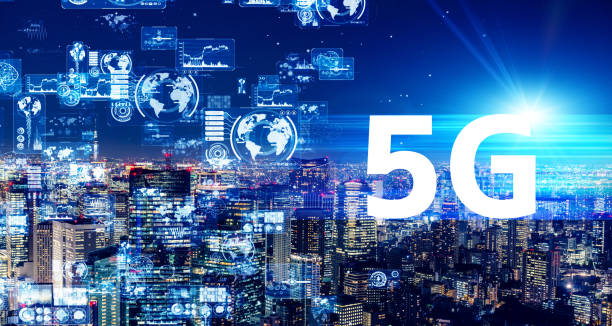Introduction
With the advent of 5G, the next generation of mobile connectivity is here. This technology promises to deliver faster speeds, lower latency, and more reliable connections. As 5G networks continue to roll out across the globe, we can expect to see new applications and use cases emerge that take advantage of these capabilities. In this article, we'll take a closer look at what 5G is, the benefits it offers, its potential impact on the tech industry, the challenges it faces, and the future of 5G.
What is 5G?
5G is the fifth generation of mobile connectivity, offering faster speeds and greater bandwidth than its predecessors. It is designed to support a wide range of devices, including smartphones, IoT sensors, and autonomous vehicles. With faster download and upload speeds, 5G networks can enable new applications such as remote surgery, augmented reality, and real-time gaming. Additionally, 5G networks have the potential to enable new business models, such as mobile edge computing and private networks.
Also read: 5 Exciting Tech Trends to Watch Out for in 2023
Benefits of 5G
5G has a number of benefits that make it an attractive option for businesses and consumers alike. Some of the key benefits of 5G include:
- Increased speed and bandwidth
- Lower latency
- Improved reliability
- Greater capacity to support more devices
- New business models enabled by mobile edge computing and private networks
Potential Impact on the Tech Industry
The potential impact of 5G on the tech industry is significant. As more devices become connected, businesses and consumers will be able to take advantage of faster and more reliable connections. This could lead to new applications and use cases, such as remote surgery, augmented reality, and real-time gaming, as well as new business models, such as mobile edge computing and private networks. Additionally, 5G could pave the way for autonomous vehicles, which will require low latency and reliable connectivity to function safely.
One of the areas where 5G could have a big impact is in the Internet of Things (IoT). With its ability to support a large number of connected devices, 5G could enable a wide range of new IoT applications. For example, in the industrial sector, 5G could be used to connect sensors on factory floors and enable real-time monitoring and control of manufacturing processes. In the healthcare sector, 5G could be used to connect medical devices and enable remote patient monitoring.
Overall, the potential impact of 5G on the tech industry is significant, and we can expect to see new applications and use cases emerge as the technology continues to mature.
Challenges of 5G
While 5G has a lot of potential, there are also a number of challenges that need to be addressed. Some of the key challenges of 5G include:
- Infrastructure: 5G requires a significant amount of infrastructure, including new towers and antennas, which can be costly to deploy.
- Spectrum: 5G requires access to new spectrum bands, which can be limited in some areas.
- Interference: Because 5G uses higher frequencies, it is more susceptible to interference from physical obstacles such as buildings and trees.
- Compatibility: Older devices may not be compatible with 5G networks, which could limit adoption in the short term.
- Security: As with any new technology, there are concerns about security and privacy with 5G.
Future of 5G
The future of 5G is bright. As the technology continues to mature and become more widespread, we can expect to see new applications and use cases emerge that take advantage of its capabilities. In the short term, we can expect to see 5G networks continue to roll out across the globe, with more devices becoming compatible with the technology. In the longer term, 5G could enable new applications that we haven't even thought of yet, and could play a key role in enabling the next generation of technology.
Conclusion
5G is the next generation of mobile connectivity, offering faster speeds, lower latency, and more reliable connections. It has the potential to revolutionize the tech industry, enabling new applications, use cases, and business models. While there are challenges to overcome, the future of 5G is bright, and we can expect to see the technology continue to mature and become more widespread in the coming years.
Also read: The Internet of Things: Revolutionizing Our Lives and Challenging Data Privacy and Security




No comments:
Post a Comment